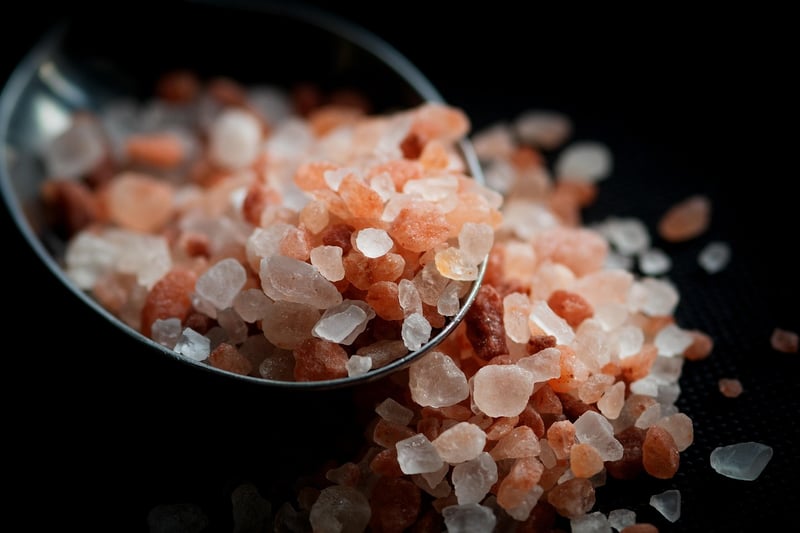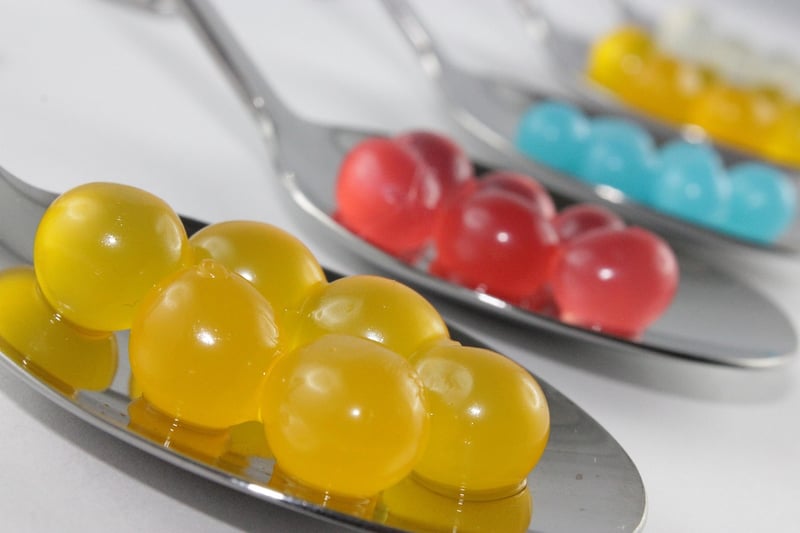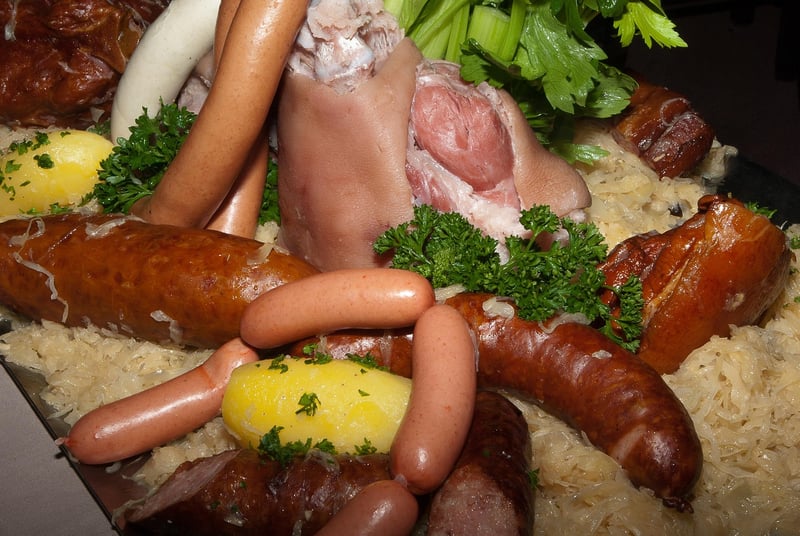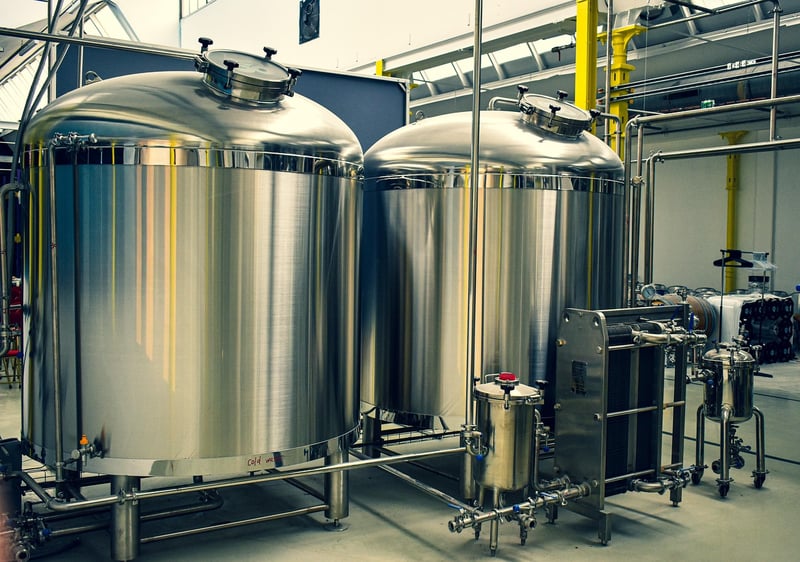Fermentation Methods
Exploring Advanced Cooking and Fermentation Methods
Introduction to Advanced Cooking Techniques
Advanced cooking methods go beyond basic cooking techniques to elevate flavors, textures, and presentation of dishes. These methods often require precision, skill, and patience, but the results are well worth the effort.
1. Sous Vide Cooking
Sous vide is a cooking method that involves vacuum-sealing food in a bag and cooking it in a water bath at a precise temperature. This technique helps retain the food's natural juices and flavors, resulting in tender and perfectly cooked dishes.

2. Molecular Gastronomy
Molecular gastronomy is a culinary discipline that explores the science behind cooking. It involves using techniques like spherification, foams, and gels to create innovative and visually stunning dishes.

Introduction to Fermentation Methods
Fermentation is a natural process that transforms food using microorganisms like bacteria and yeast. This ancient preservation technique not only extends the shelf life of food but also enhances its flavors and nutritional value.
1. Lacto-Fermentation
Lacto-fermentation is a fermentation method that relies on lactobacillus bacteria to convert sugars into lactic acid. This process gives fermented foods a tangy flavor and promotes the growth of beneficial bacteria.

2. Wild Fermentation
Wild fermentation is a natural fermentation process that occurs without the addition of commercial starter cultures. Instead, wild yeasts and bacteria present in the environment initiate the fermentation process, resulting in unique flavors.

By incorporating advanced cooking techniques and fermentation methods into your culinary repertoire, you can unlock new flavors, textures, and possibilities in the kitchen. Experiment with these methods to discover the art and science of cooking and fermentation.
